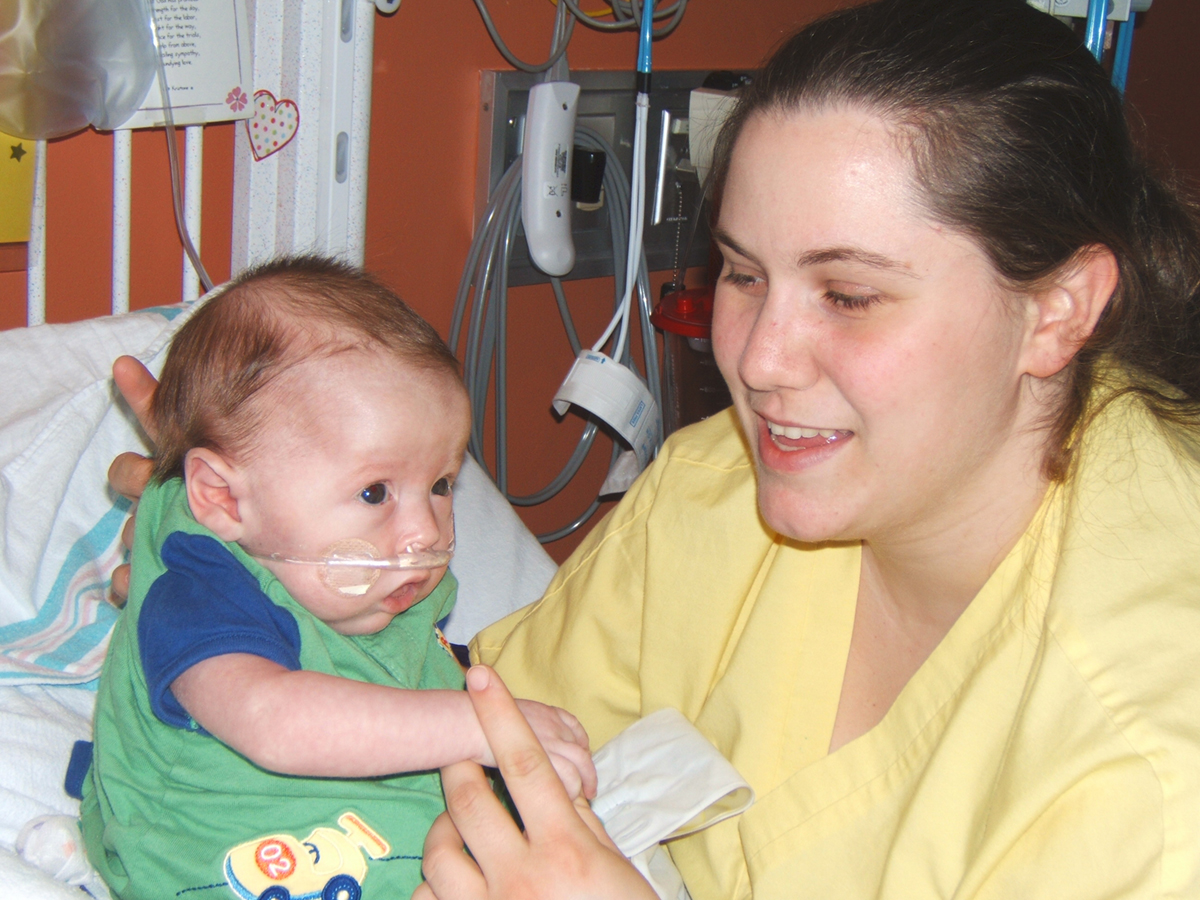
Children and Occupational Therapy
Occupational therapy (OT) is the kind of therapy which strives to help physically and/or mentally challenged individuals achieve as much independence as possible. By working on the children’s physical, motor and cognitive skills, occupational therapy improves the sense of self worth and self-esteem. It is a general misconception that adults are the only beneficiaries of occupational therapy as children do not have any occupations. Children in OT develop better play and school skills while becoming more able to actively engage in simpler activities. Other than teaching, occupational therapy deals with inhibiting environmental, social and psychological elements in the child’s life that are interfering with their performance. As a result, occupational therapy is often an essential part of health care. In addition, children who might benefit from occupational therapy include those who suffer from brain injury inflicted at birth, sensory processing problems, learning disabilities, spinal cord or head trauma, behavioral problems, autism, and other types of developmental delays. Further, physical health problems including post surgery conditions, amputations, burns, hand injuries, multiple sclerosis, cerebral palsy and various types of cancers are often seen in individuals who are in occupational therapy. Many children who are returning to school after a long illness are good candidates as well.Visit to the Occupational Therapist
Occupational therapists provide a wide range of different services depending on the underlying problems the individual is having. Many children in need of OT usually learn to grasp and let go of toys and extensively work on the handwriting skills. Play skills are improved through various activities such as hitting a target, catching and throwing a ball and so on. Children with developmental delays learn basic everyday skills in occupational therapy such as brushing teeth, putting clothes on, feeding oneself, bathing and so on. Individuals with behavioral problems are taught adaptive anger management skills such as participating in a physical activity or keeping a journal and writing about feelings. Occupational therapists often make recommendations for special tools a child might need, including communication aids, bathing and dressing equipment, splints and wheelchairs. Lastly, occupational therapists help with attention and sensory problems, and work on improving the child’s social skills. It should be noted that there are significant differences between physical and occupational therapy. Physical therapy primarily deals with pain, strength improvement, range of motion, endurance, and gross motor functioning. On the other hand, occupational therapy is focused on improving sensory processing, cognitive, perception and fine motor skills.Practitioners of Occupational Therapy
There are two types of professionals who can practice occupational therapy, and those are the occupational therapist and the occupational therapist assistant. The therapist must hold a master’s degree in occupational therapy while the assistant is required to complete an associate’s degree program. The occupational therapist develops and implement therapy plan and completes evaluations. The assistant plays an active role in all aspects of therapy except evaluations. Upon the completion of master’s studies, all prospective therapists have to go through fieldwork programs and get national certifications. The individual must take license exams and periodically take courses to maintain the license. In addition, occupational therapists can be found in a variety of places. Many work in hospital and clinical settings, but some can be found in schools and other types of educational institutions. Occupational therapists are employed in rehabilitation centers, as well as in nursing homes. Many hold private practices or work at children’s clinics. Finally, occupational therapists can be found in different kinds of mental health institutions. In order to start seeing an OT therapist, the primary health care provider needs to refer the child. A guidance counselor or a school nurse can often provide the parents or care givers with useful information as to how to go about finding the right therapist. In some states it is possible to contact a rehabilitation center directly or the nearest hospital and ask for referral.The Length of Treatment
Occupational therapy is tailored to meet the unique needs of every patient. Everyone learns at different speed, and everyone’s body takes different time to recover. Based on the underlying problem, whether it is acute or chronic, and how long the child has been without proper care and assistance, determins the length of occupational therapy. More often than not, as children grow and encounter different situations they go back to the therapist to figure out new ways of dealing with issues or to learn a new skill. Also, the closer an individual follows the instructions of a therapist the shorter he or she needs to stay in therapy. It is very important that individuals practice the skills at home or in a setting where they will be used on their own time in order to achieve results quicker. In order for the therapy to be successful the patient has to trust the therapist and develop a special bond. If the child is not connecting to the person it is often advised that the parents seek a different therapist.
















Your thoughts on this
Loading...